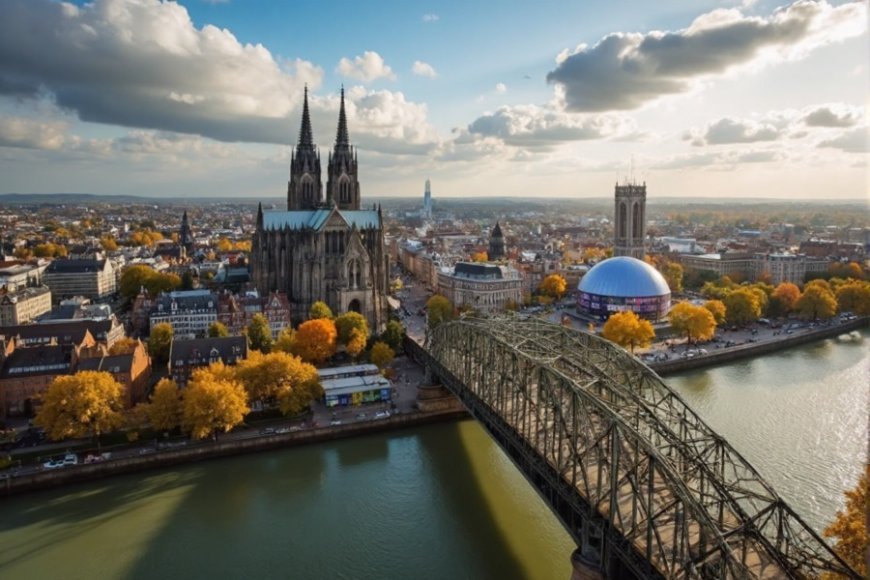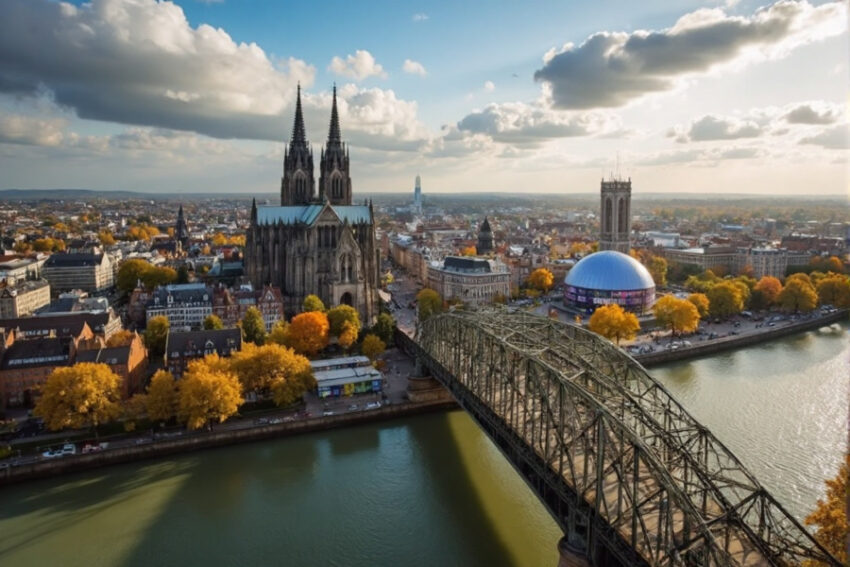Germany, France, Japan, China, Philippines, Austria, Singapore, And Thailand Attract Massive Crowds Through Unique Experiences And Strong Destination Branding


Germany, France, Japan, China, Philippines, Austria, Singapore, and Thailand have captivated global audiences at Expo 2025 Osaka with their groundbreaking pavilion designs, blending immersive cultural storytelling with cutting-edge innovation. These countries have successfully used the event to showcase their unique heritage, forward-thinking technologies, and sustainable practices, attracting thousands of visitors eager to engage with their exhibits. Through interactive displays, cultural depth, and futuristic visions, they have set a new standard in destination marketing, inspiring travelers from around the world to explore what these nations have to offer.
Walking through the Grand Ring at Expo 2025 Osaka, I watched my seven-year-old daughter’s eyes light up at every pavilion we visited. The Grand Ring itself impresses as an architectural marvel, staying cool and breezy even under the scorching summer sun.
However, the heat revealed a missed sustainability chance. Long lines formed at the few water refill stations while plastic bottles remained widely sold by vendors and vending machines. The elevated skyway offered great views and uncrowded refill points, proving that every pavilion should have had its own water refill station. This would improve visitor comfort and send a strong message against single-use plastics, especially important for an Expo focused on designing future societies.
Visiting Expo 2025 became a vivid lesson on how destinations can use global platforms to attract passionate, high-value travelers. With decades spent studying destination-visitor connections, I found that many government agencies beyond tourism boards organize pavilions, often prioritizing trade and investment over tourism marketing. Some countries lacked official pavilion websites or had incomplete online information, reflecting this shift in priorities.
The true test of a pavilion’s marketing success lies in queue length. Most visitors come from Japan and China, and the China Pavilion welcomed nearly 90,000 visitors by late April, averaging over 5,700 daily and surging on weekends. This demand showed how combining cultural heritage with technology creates broad appeal. China’s AI-powered character based on a legendary figure generated real-time art and poetry, highlighting the future of interactive destination marketing.
Long queues at pavilions from countries such as the US, France, Germany, Saudi Arabia, and Australia confirm strong country branding and striking pavilion designs. Canada’s pavilion stood out by using augmented reality storytelling to immerse visitors in environmental regeneration, turning observers into active participants. This approach resonated deeply with Japanese families, a key tourism segment.
Understanding visitor demographics explains pavilion popularity. Japanese and Chinese visitors dominate, so countries like Germany and France draw large crowds thanks to strong brand equity in East Asia. Queue length acts as a live indicator of how well destinations connect with culturally sophisticated audiences who prefer depth over fleeting attractions.
Countries succeed by playing to their strengths. Singapore’s 17-meter Dream Sphere attracts tech-savvy travelers by showcasing its innovation hub status. Australia’s Chasing the Sun pavilion focuses on natural beauty and outdoor lifestyle, providing an immersive sunrise-to-sunset experience that aligns with current adventure travel trends. The popularity of these pavilions among Japanese visitors reflects an acute understanding of what influences travel decisions.
The Commons pavilions feature smaller nations in trade-show style booths. Some, like the one covered in Himalayan pink salt, offer unique travel gems that catch attention. Beyond crowd-pleasers, many pavilions target micro-niches, appealing to Japanese visitors who value cultural depth. Austria’s musical pavilion uses interactive technology to deliver AI-driven audiovisual shows inspired by Beethoven, while Switzerland offers innovation-focused sustainability education through striking architectural design.
Countries emphasizing traditional crafts and cultural heritage connect well with Japanese visitors, who tend to spend more and become passionate destination advocates. This type of passion tourism is driven by emotional connection rather than price or convenience.
Interactive exhibits inspire travel. Canada’s AR experience engaged my daughter fully as she explored diverse landscapes through active participation. In contrast, pavilions lacking interactivity left visitors less inspired to visit those countries.
A rising trend involves linking technology narratives to remote work opportunities. Countries that showcase how they support digital nomads position themselves well to attract professionals seeking work-life balance abroad.
Storytelling remains central to effective marketing. Several pavilions emphasize emotional connections through authentic cultural narratives instead of just statistics. The host pavilion impresses with interactive zones that explore sustainability and technology, inviting visitors to participate in Japan’s vision for the future.
The most successful pavilions target travelers who value culture, sustainability, technology, and authenticity. These travelers invest in experiences aligned with their passions rather than bargain deals. Some pavilions create poetic sensory journeys using art and innovation to forge deep emotional bonds, guided by detailed market research.
A simple “parent test” reveals a pavilion’s success: which exhibits inspire families to research trips before leaving? My daughter’s curiosity about Canada and Peru after visiting their pavilions showed effective conversion of visitors into future travelers. Even crowded pavilions generate desire through popularity, leveraging crowd psychology to market destinations to families a valuable segment.
Countries demonstrating sustainable solutions while preserving culture attract high-yield travelers who seek value alignment. Pavilions committed to circular economy principles resonate strongly with eco-conscious visitors.
Expo 2025 Osaka proves that destination marketing’s future lies in nurturing traveler passions instead of promoting generic attractions. Countries that identify their unique strengths and connect them to specific visitor aspirations create emotional experiences that inspire lasting bonds.
Germany, France, Japan, China, Philippines, Austria, Singapore, and Thailand have captivated global visitors at Expo 2025 Osaka by blending rich cultural storytelling with cutting-edge innovation, sustainability, and interactive experiences, setting new benchmarks in destination marketing.
As visitors leave with passports stamped and memories made, they become ambassadors for these destinations. Tourism professionals must focus on their distinct advantages, understand what drives ideal visitors, and design experiences that transform casual interest into deep connection. This strategy ensures travelers return, recommend, and become part of the destination’s story.
The post Germany, France, Japan, China, Philippines, Austria, Singapore, And Thailand Attract Massive Crowds Through Unique Experiences And Strong Destination Branding appeared first on Travel And Tour World.






